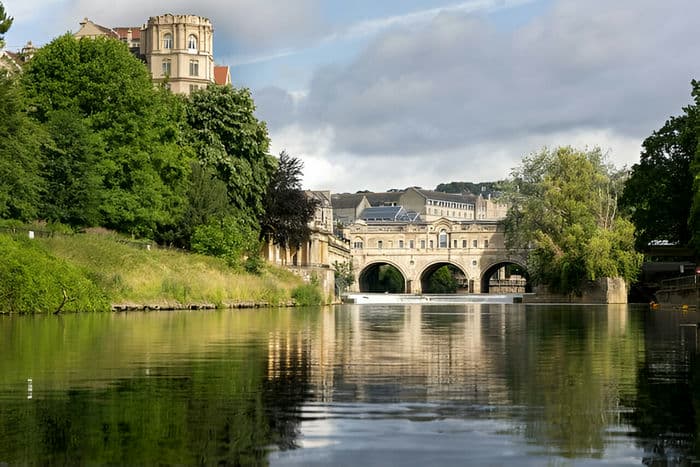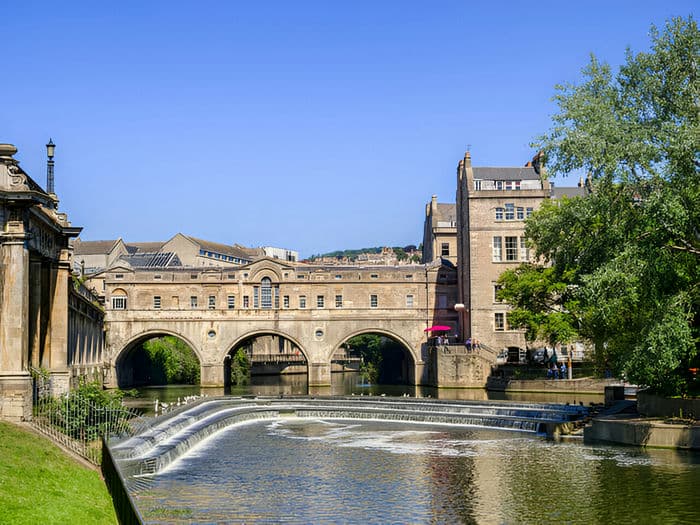Bath, located in the picturesque Somerset countryside, is renowned for its natural hot springs and stunning Georgian architecture. Its history dates back to Roman times, when it was known as Aquae Sulis. The city’s well-preserved Roman Baths and grandiose Bath Abbey are testaments to its rich heritage. The best time to visit Bath is during spring or autumn, when the weather is mild, and the city’s gardens are in full bloom.

Exploring Bath: A Must-Visit Destination
When I first arrived in Bath, I was captivated by its timeless beauty and charm. Here are five places you absolutely must visit in this historic city:
1. Roman Baths
The Roman Baths are the heart of Bath’s ancient history. This well-preserved site offers a glimpse into Roman life and their sophisticated engineering.
2. Bath Abbey
A stunning example of Gothic architecture, Bath Abbey provides a panoramic view of the city from its tower. Its beautiful stained glass windows and intricate stone carvings are breathtaking.
3. Pulteney Bridge
One of Bath’s most iconic landmarks, Pulteney Bridge, spans the River Avon. Its unique design, with shops lining both sides, makes it a picturesque spot for a stroll.
4. The Royal Crescent
This sweeping crescent of Georgian townhouses is one of Bath’s most recognizable sights. No. 1 Royal Crescent is a museum that offers insight into Georgian life.
5. Thermae Bath Spa
Experience Bath’s thermal waters firsthand at the Thermae Bath Spa. The rooftop pool offers stunning views of the city, making it a relaxing and scenic experience.



FAQs About Bath
1. What is the history of Bath?
Bath was founded by the Romans in the 1st century AD as a thermal spa. It flourished during the Georgian era, becoming a fashionable city known for its healing waters and elegant architecture.
2. When is the best time to visit Bath?
The best time to visit Bath is in the spring (April to June) or autumn (September to November). These seasons offer pleasant weather and fewer tourists, allowing for a more enjoyable experience.
3. What is the significance of Pulteney Bridge?
Pulteney Bridge, completed in 1774, is one of the few bridges in the world with shops along both sides. It was designed by Robert Adam in a Palladian style and remains a key architectural feature of Bath.
4. Are the Roman Baths still in use today?
The Roman Baths are no longer used for bathing but are a popular museum. Visitors can explore the ancient bathing complex and learn about Roman history and engineering.
5. How can I get around Bath?
Bath is a compact city, best explored on foot. However, there are also buses and taxis available. The city’s main attractions are within walking distance of each other, making it convenient for visitors.
Bath’s blend of historical significance and architectural beauty makes it a must-visit destination. From its ancient Roman roots to its Georgian splendor, the city offers a unique and enriching experience.
